Natural diamond versus synthetic diamond pendant: what to choose?
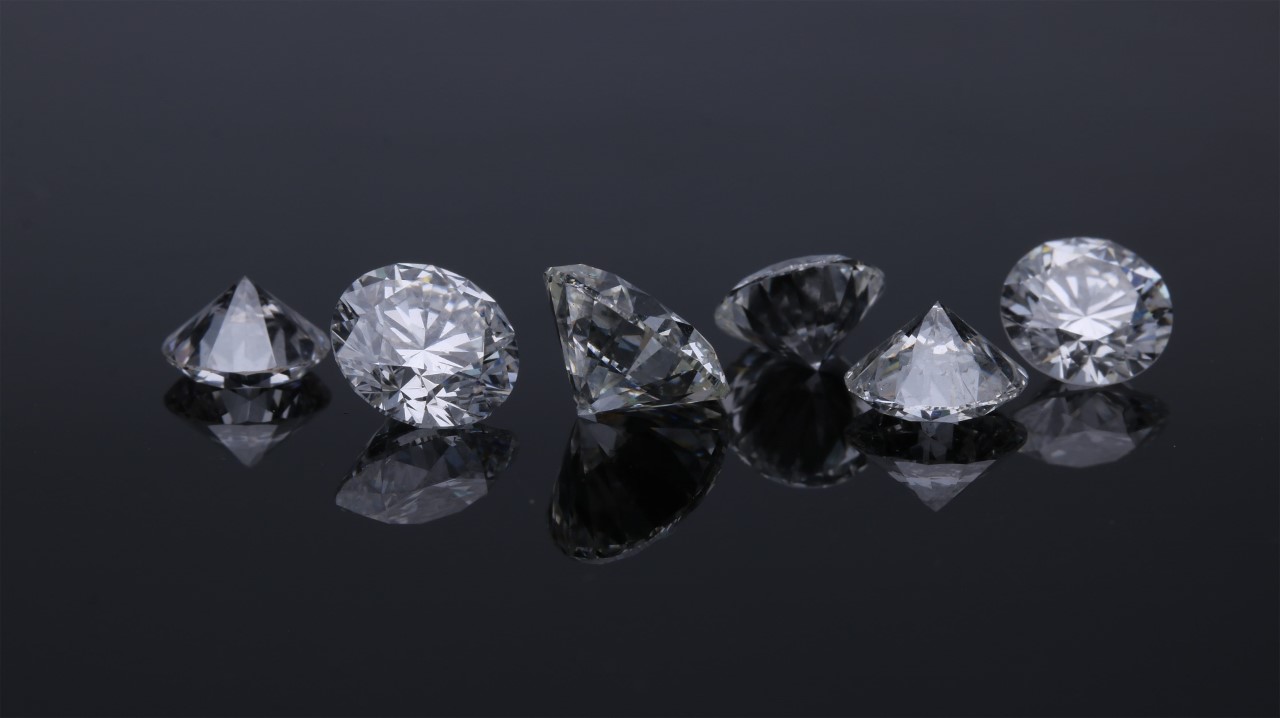
What is the difference between a natural and synthetic diamond necklace?
Although natural and synthetic diamonds look similar to the naked eye, they are not identical in every way.
What is a natural diamond?
When we say "diamond", we are referring to a mineral, a product of nature. At its origin is a geological process.
Natural diamond is made of crystallized carbon with a cubic structure. On the Mohs scale, this gemstone occupies position 10. Its density is 3.52. The refractive index of natural diamond is 2.42.
What is a synthetic diamond?
Unlike natural diamond, "synthetic diamond" is a laboratory product. Synthetic diamonds are chemically similar to natural diamonds. Their crystal structure is identical to that of natural diamonds. The same is true of their physical and optical properties. Generally, synthetic diamonds are classified into three categories: high pressure, high temperature or HPHT diamond; chemical vapor deposition or CVD diamond. This classification of diamonds is done according to the process used in their manufacture. Both classes of diamonds are almost identical to natural diamonds. As technology advances, it is becoming increasingly difficult to identify natural diamond from synthetic diamond. In order to identify the differences between natural and synthetic stones, it is necessary to go through a laboratory. The best laboratories, and indeed leaders in the detection of synthetic diamonds in the world, are the GIA, HRD and IGI laboratories. After analysis of your diamond, they will provide you with a detailed report. You will undoubtedly know if your diamond is synthetic or natural.
The main differences between natural and synthetic diamonds. How to distinguish them?
As said before, from a physical and optical characteristic point of view, natural diamond and technology diamond are similar. For many scientists, synthetic diamonds are purer than those forged by nature. Some also say that synthetic can be traced, that it is environmentally friendly and that it is above all ethical.
To produce a diamond in the laboratory requires about as much investment as to mine and work a natural diamond. Indeed, the machines used to create this gem are extremely expensive. The paradox is that the price of synthetic stone on the market is 30-50% below that of stone resulting from geological processes. However, to determine the price of both natural and synthetic stone, one must take into account its size, weight, color and purity.
It is therefore tempting to choose a synthetic diamond over a mined diamond since the former has all the characteristics required by the market while being at a much more attractive price. Nevertheless, there are great differences between the two types of diamonds.
The main differences between these gems are age and origin. Indeed, a few weeks are enough for a laboratory to produce synthetic diamond. On the other hand, mined diamonds are the product of slow geological processes that range from 1 to 3.3 billion.
Ultimately, to distinguish natural diamond from synthetic diamond, one must: require a certificate. All fine quality diamonds weighing more than 0.30 carat normally have one today. Therefore, your diamond pendant must have the certificate of the diamond that was used to make it. The certificates provided by the GIA, HRD and IGI laboratories are the most authentic. These certificates, usually in English, clearly state among other things that it is a "natural diamond" or a "laboratory diamond". Another way to verify the origin of a diamond is to compare the prices of two stones with the same characteristics of weight, color, price and cut quality. A clear difference between their respective prices can give you clues as to the origins of the two stones. The difference in price between the two types of diamonds is bound to increase over time because the production of diamonds in the laboratory benefits from economies of scale like any other type of classic industry.
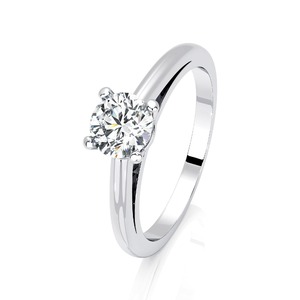
Engagement ring
4 Claws Classic
Solitaire diamond with 4 claws, a classic and timeless style. The highlighting of the diamond…
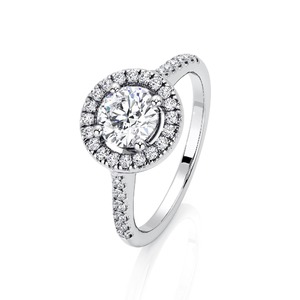
Ring
BRILLIANT
The perfect gift for your ever lasting love. Hand made french jewellery. Gold 750/000. Delivered in…
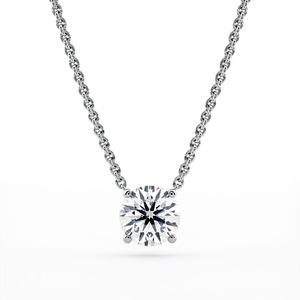
Pendant & Necklace
4 CLAWS
4 claw diamond pendant without bail. Forçat chain fixed by 2 rings on each side of the…
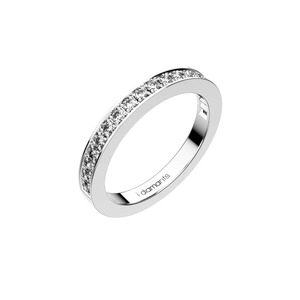
Wedding Band
RUBAN
Classic diamond wedding ring. 18 carats gold. Made in France. Delivered in a jewellery box. See…
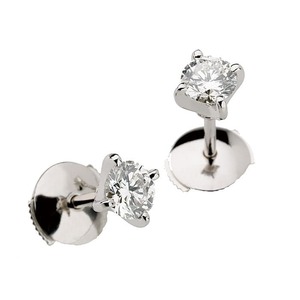
Earrings
4 CLAWS CRADLE
Handmade diamond earrings, 4 claws heart-shaped cradle setting. Elegant exclusive design by…
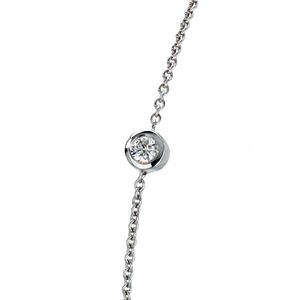
Bracelet
ETERNITY
Diamond bezel bracelet. Very popular, a style that is both classic and contemporary. 18 carats…
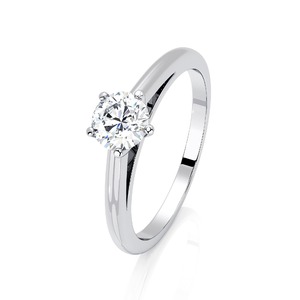
Engagement ring
5 Claws Classic
Solitaire diamond with 5 claws. Solitaire offered in 18k white, yellow or pink gold (750/000) or in…
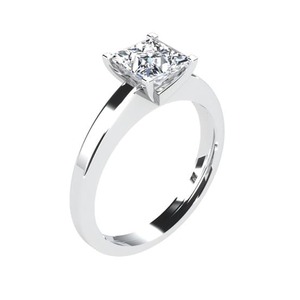
Ring
PRINCESS ROYAL
Style full of sparkle without being ostentatious. The dawn of passion and romance. Hand made to…
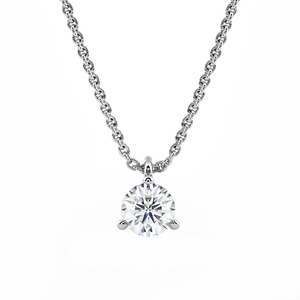
Pendant & Necklace
3 CLAWS B
Diamond pendant with 3 claws to enhance the stone as much as possible. Crimping carried out with…
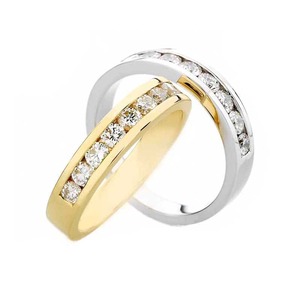
Wedding Band
NOCEA
A modern style: diamonds are entwined in a crimped said "rail", a very contemporary…
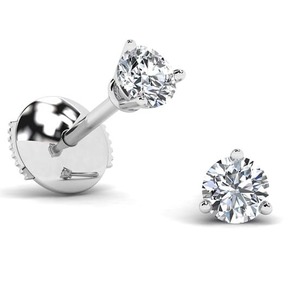
Earrings
3 CLAWS PREMIUM
Handmade earrings with diamond belt based on mid height of the claws which are based on a rabbet.…

Bracelet
ERGO
Very modern, bright without being ostentatious. Pleasure of playing with the brilliance of…
Why choose to buy a natural diamond pendant rather than a synthetic diamond necklace?
This question, if you ask yourself, is quite legitimate. The answer is quite simple. Naturalness is priceless and no matter how much you spend to have a natural diamond pendant, it will never be worth what the production of this diamond has cost nature.
Price of a synthetic diamond necklace: less expensive at the time of purchase, but loss of value over time
The technology behind synthetic diamonds is constantly advancing. This will reduce production costs and increase supply. The direct and obvious consequence is that the prices of these diamonds will fall more and more. The price of any product produced by the industry is bound to decrease. This is the law of market competitiveness. Synthetic diamonds are no exception to this law.
Price of a natural diamond pendant: more expensive at the time of purchase, but maintaining and even increasing in value over time.
It is becoming increasingly rare to find natural diamonds. This explains why the value (and therefore the price) of this gem has increased over the last few decades. It can happen that your natural diamond may depreciate in value. This will depend on economic factors. Nevertheless, this depreciation will always be temporary. What is certain is that the rise or maintenance of natural diamond prices will remain a structural trend related to the inherent scarcity of natural diamonds on earth.
Different emotional values
Usually, a diamond pendant is offered to a loved one. Pure love is not forced. It comes naturally. Such is the case with a diamond mine. Like love, it takes time to materialize. Its history is rich in events.
A synthetic diamond is like a forced love. There is nothing romantic about it. Don't just look at the carbon of which the diamond is made. Instead, imagine the natural magic that led to the birth of this gem. Pure, natural love is eternal. Such is the case with a natural diamond.
Do you know the meaning of the expression "diamond wedding"? It is an expression for a radiant love. A diamond wedding is a celebration of eternal love; a marriage of sixty years or so. Do you think a love of composition can last for 60 years? The answer is without a doubt negative... Then natural or synthetic diamond pendant?
Natural diamond necklace and synthetic diamond pendant: which one is the most ethical?
The biggest argument of synthetic diamond manufacturers is "ethics". They argue that because these types of diamonds do not come from nature, they do not have a negative impact on nature and local communities. These arguments find a strong audience among current generations. But are we sure that laboratory diamonds are ethical and environmentally friendly? Moreover, the notion of ethics is subjective.
Different Environmental Impacts: Towards an Increasingly Ecological Approach in the Natural Diamond Industry

Contrary to what their manufacturers say, synthetic diamonds have more environmental impact than natural diamonds. This is attested by the Diamond Producers Association (DPA). These diamonds are ultimately no more ethical than mined diamonds.
This report written by Trucost ESG Analysis is the result of studies carried out on 75% of the major players in the diamond mining industry worldwide. For two years, this study, whose independence is beyond doubt, has generated a strong database refuting the main argument of synthetic diamond advocates.
From an environmental point of view, it took 511 kilograms of CO2 to produce 1 carat of synthetic diamond in 2016. At the same time, 160 kilograms of CO2 were enough to produce the same weight of natural diamond.
In conclusion, the report reveals that for identical carats, the environmental impact of a laboratory diamond is greater than that of a mined diamond.
Certainly, over time, when laboratory diamonds are produced using renewable energies, the ecological impact will be less than it is now if we consider greenhouse gases. However, the amount of water needed to cool the reactors will still have to be taken into account. These data will have to count for a lot in the balance of ecological impacts.
There is no doubt that greenhouse gases are the main waste products produced by the diamond mining industry. Indeed, the Trucost report makes this clear. In addition to this, there are other wastes from mining activities as well as the degradation of water quality. The main wastes produced by the diamond mining industry are the remains of waste rock.
However, it should be noted that 26% of the non-volatile waste produced by the mines is recycled. This is a significant positive point.
To date, members of the Diamond Producers Association have contributed to the protection of more than 260,000 hectares of natural land in the countries where they operate. This figure is three times more than what they mine for this gem.
Numerous environmental protection programs are being put in place. These programs initiated by the DPA are intended to be sustainable.
Laboratory diamonds are products of machines. Their manufacture requires little labor and very few skills. The economic and social impact is therefore less.
On the other hand, diamond mining requires a variety of skills and remunerates entire communities.
There are more than 77,000 jobs generated by DPA member companies worldwide. The economic and social benefits are therefore not negligible. Better still, these companies employ the majority of their staff, members of local communities.
In addition to the employment generated by the diamond mining industry, the companies invest significantly in the communities that mine these gems. First, the bulk of the goods and services needed to produce natural diamonds are purchased from local communities and companies. This strengthens the local economy.
DPA members spend billions of US dollars on the construction of socio-community infrastructure (health, education, etc.) in the countries where they operate. It should also be remembered that these companies pay considerable taxes to the states of these countries.
DPA member companies are becoming more and more supportive of the communities that produce their diamonds. This solidarity will grow stronger over time. This is the commitment of the members of the Diamond Producers Association.

De Hantsetters, diamonteers since 1888
Customer service at your service, provided by diamond dealers
All our diamonds are independently certified by 3 world-renowed organisations



Want to talk to a diamonteer ?
Contact us now